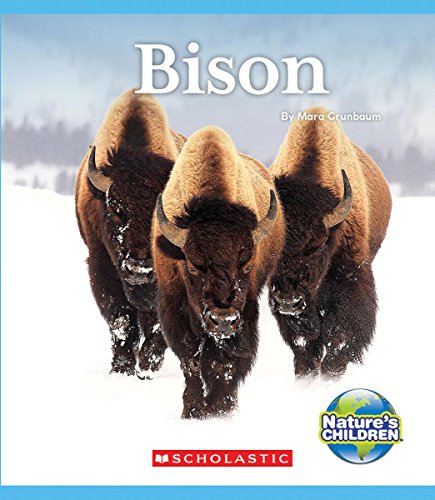-
Vultures
Josh Gregory
Paperback (Children's Press, Jan. 15, 2016)Because they are willing to eat anything from carrion to garbage, vultures are often called "nature's cleanup crew.Nature's Children series provides young readers (Ages 8-10) with fascinating information about the planet's most incredible wildlife species. Each title offers a complete picture of the animal- from birth to adulthood- and describes its place in our world, including how humans impact it and its environment. " Readers will find out what features allow these amazing birds to eat food that would make most other animals sick. They will also discover how vultures mate and raise their babies, which kinds of vultures live in different parts of the world, and why certain types of vultures are disappearing from their natural habitats. S
S
-
Sea Otters
Bridget Giles
Hardcover (Grolier Academic Reference, April 1, 2001)None O
O
-
Snowy Owls
Jennifer Zeiger
Paperback (Childrens Pr, Feb. 1, 2014)Introduces snowy owls, discussing their physical characteristics, reproduction, habitat, predatory behavior, and threats to their survival. S
S
-
Saltwater Crocodiles
Katie Marsico
Paperback (Childrens Pr, Sept. 1, 2013)At a length of up to 23 feet and weighing about half as much as a car, the saltwater alligator is the largest reptile species on Earth. Readers will find out how these mighty predators capture prey, from how its teeth keep trapped animals from escaping to how it relies on the element of surprise. They will also learn how the saltie cares for its young and how long the species has existed. Q
Q
-
Monarch Butterflies
Josh Gregory
Paperback (Children's Press, Jan. 15, 2016)Discover how to attract butterflies to your own backyards!Nature's Children series provides young readers (Ages 8-10) with fascinating information about the planet's most incredible wildlife species. Each title offers a complete picture of the animal- from birth to adulthood- and describes its place in our world, including how humans impact it and its environment. . Instantly recognizable by their beautiful orange-and-black wings, monarch butterflies are a common sight in fields, gardens, and forests throughout North America. Readers will discover how these colorful insects travel thousands of miles each year to escape freezing winter weather. They will also learn about a butterfly's fascinating reproductive process, and what butterflies eat. S
S
-
Bison
Mara Grunbaum
Paperback (Children's Press, Sept. 1, 2018)Bison are the largest Mammals in North America!Nature's Children series provides young readers (Ages 8-10) with fascinating information about the planet's most incredible wildlife species. Each title offers a complete picture of the animal- from birth to adulthood- and describes its place in our world, including how humans impact it and its environment. Did you know that bison are the largest mammals in North America-or that they've lived in Yellowstone since prehistoric times? Learn fascinating facts like these-and more-all in the pages of this book! Q
Q
-
Tarantulas
Vicky Franchino
Paperback (Childrens Pr, March 1, 2012)Provides information about tarantulas, including anatomy, behavior, and ancestry. Q
Q
-
King Cobras
Katie Marsico
Paperback (Childrens Pr, Jan. 15, 2013)Discover some of the most fascinating animals in the world with the Nature's Children series. Readers will discover how these creatures survive in the wild, how they raise their young, and how they are related to other species. Each title also raises important ideas about conservation by examining the animal's current status and explaining the ways humans have affected it throughout the years. Key Features: Discover where the animals live with the habitat map Informative text offers a clear view of the animals' role in nature Glossaries define important vocabulary specific to each book Fact file provides an easy reference for vital information about the animals' classifi cation and basic habits Additional content for further learning on this subject available at www.factsfornow.scholastic.com Q
Q
-
Black Bears
Mara Grunbaum
Paperback (Children's Press, Feb. 1, 2019)Find out why some black bears actually have white fur and other fascinating facts about the most common bear in the world.Nature's Children series provides young readers (Ages 8-10) with fascinating information about the planet's most incredible wildlife species. Each title offers a complete picture of the animal- from birth to adulthood- and describes its place in our world, including how humans impact it and its environment. Did you know that black bears are the most common bears on Earth-but that some black bears actually have white fur? Be surprised and awed by every page of this captivating book! S
S
